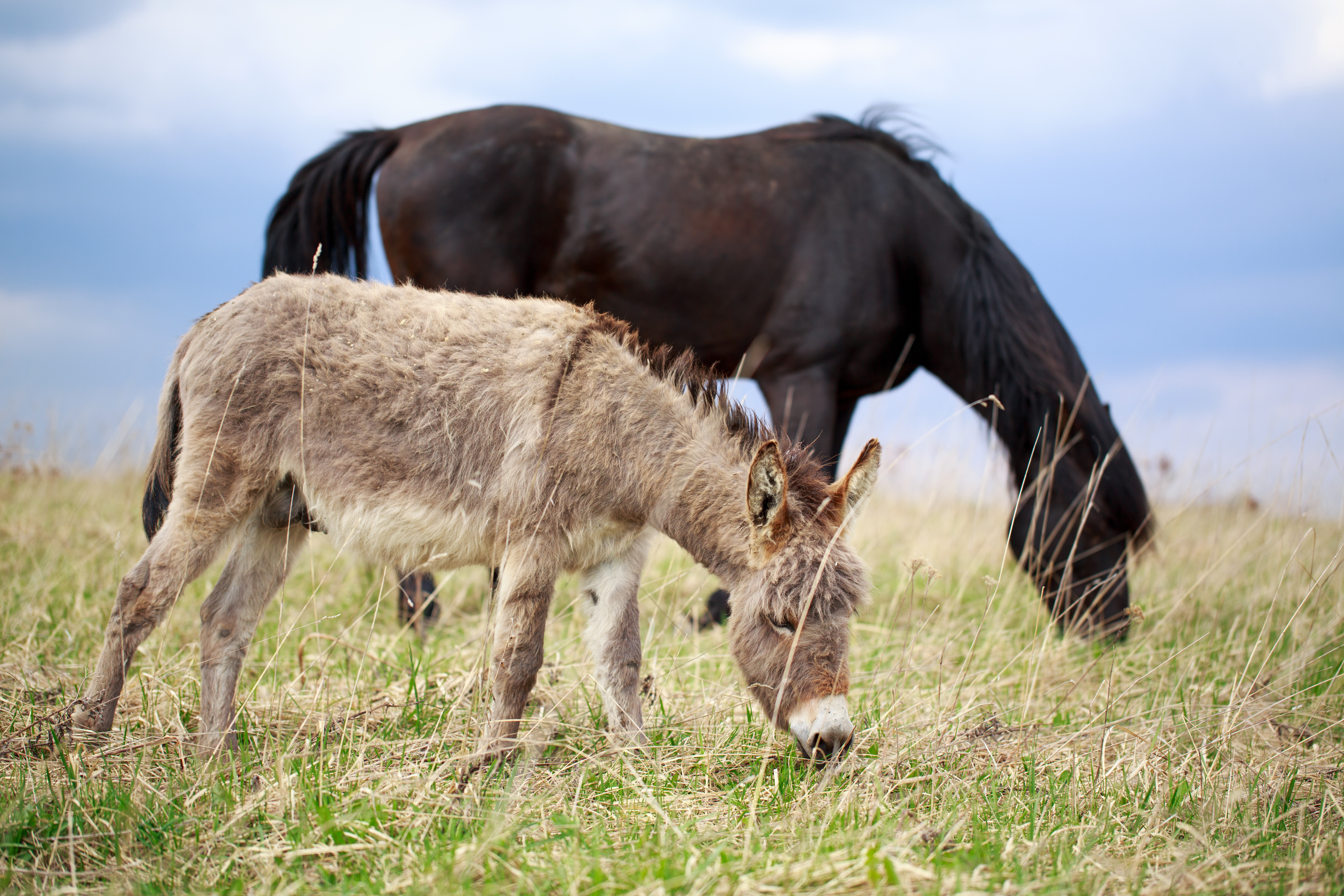Comparing equid skulls for insight into behavioral differences
- December 17, 2020
- ⎯ Edited Press Release
Guelph, ON Dec. 17, 2020 – In a recent study, researchers literally get inside the heads of horses and donkeys, looking for relationships between skull morphology and temperament. Such studies have been conducted in different dog breeds, but little is known when it comes to equids.

Associate professor and University of Guelph researcher Dr. Katrina Merkies collaborated on a project with professor of animal behavior and animal welfare science at the University of Sydney, Paul McGreevy and Georgios Paraschou, veterinary pathologist at the Donkey Sanctuary in the UK. They took all sorts of measurements comparing the skulls of standardbred horses to those of donkeys and found that their olfactory bulbs differed in both size and placement.
The olfactory bulb in donkeys was smaller than horses and rotated toward the centre of the brain. The olfactory lobes are tied to sense of smell, learning and memory. The differing size and location raise questions as to whether horses may pick up on a wider range of odors than donkeys. Future studies may also reveal how equids differ in processing external stimuli and in their social responses (two of many functions associated with olfactory functions).
Click here to read the story of a dramatic skull repair in a ranch horse.
“An unexpected discovery came up pertaining to the placement of whorls,” said Merkies. The study revealed that whorl placement in horses almost always corresponded with the location of the olfactory bulbs. Not so in in donkeys where the hair whorl was located much further down the nose. There may be something to the folklore on whorls, which implies a whorl above the eyes denotes a difficult horse, one between the eyes suggests a manageable horse, and one below the eyes is the sign of a clever and calm horse. “The Donkey’s whorl below their eye line matches their known calm temperament,” says Merkies.
Merkies hopes the study results may be linked to other documented differences between horses and donkeys, particularly when it comes to differences in behavior. Predictors of behavior could mean better selection of equids for the jobs they are intended for thus improving communication, safety and welfare for all involved.
The study is open access: Morphometric Characteristics of the Skull in Horses and Donkeys—A Pilot Study by Katrina Merkies, Georgios Paraschou and Paul McGreevy.
Don’t miss out! With the free weekly EQUUS newsletter, you’ll get the latest horse health information delivered right to your in basket! If you’re not already receiving the EQUUS newsletter, click here to sign up. It’s *free*!





